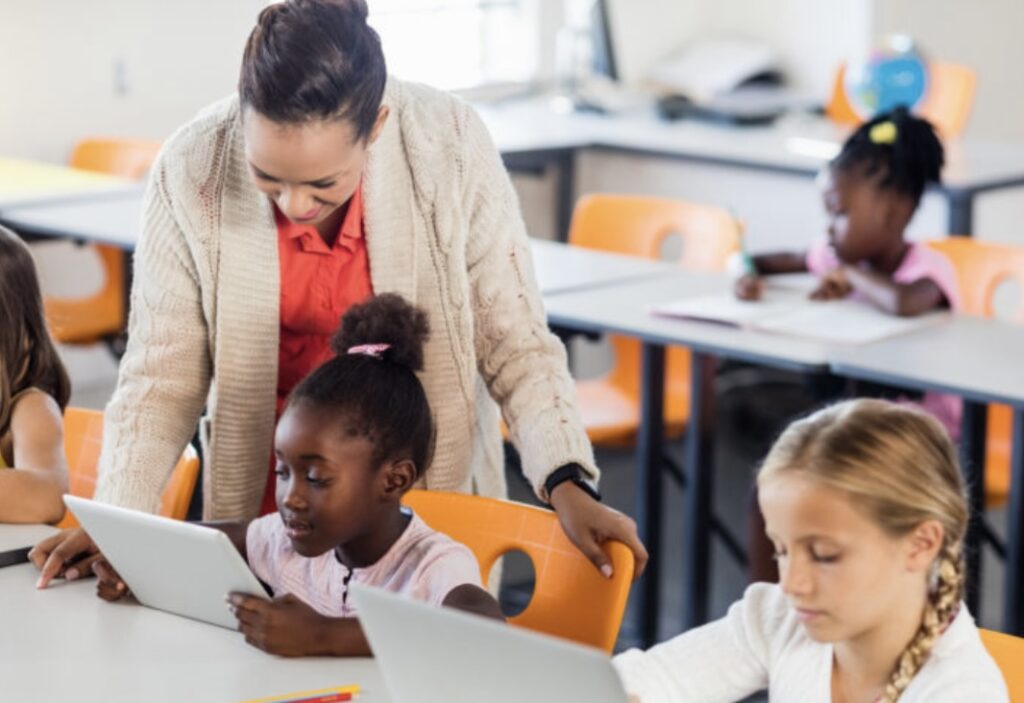Teaching primary school pupils to be creative can boost their resilience
According to recent research, teaching elementary school students how to be creative can have a profound impact on their resilience when dealing with real-life problems. Creativity is not only limited to artistic expression but also encompasses problem-solving skills, critical thinking, and the ability to think outside the box.

Teaching primary school pupils to be creative can boost their resilience
By fostering creativity in young minds, educators can equip students with the tools necessary to navigate challenges and setbacks effectively. When children are encouraged to explore different perspectives, brainstorm innovative solutions, and embrace their unique ideas, they develop a sense of confidence and adaptability.
One of the key benefits of nurturing creativity in elementary school students is that it allows them to approach problems with a fresh perspective. Instead of feeling overwhelmed or defeated by obstacles, they learn to view them as opportunities for growth and learning. This mindset shift empowers children to think creatively, find alternative solutions, and persevere in the face of adversity.
Moreover, creativity encourages students to think critically and analyze situations from multiple angles. It enables them to identify patterns, make connections, and come up with innovative solutions that may not be immediately apparent. These problem-solving skills are invaluable in real-life scenarios, where challenges often require thinking beyond conventional methods.
Additionally, creativity fosters resilience by promoting a growth mindset. When students are taught that their abilities can be developed through effort and practice, they become more willing to take risks and embrace failure as a stepping stone to success. By encouraging them to experiment, make mistakes, and learn from them, educators can instill a sense of resilience that will serve students well throughout their lives.
Incorporating creative activities into the curriculum can take various forms, such as art projects, storytelling, role-playing, or even encouraging students to design their own solutions to everyday problems. By providing a supportive and nurturing environment that values creativity, educators can help students develop the skills and mindset necessary to face real-life challenges with resilience and confidence.
In conclusion, the research suggests that training elementary school students in creativity can significantly enhance their resilience when confronted with real-life problems. By fostering creativity, educators empower children to approach challenges with a fresh perspective, think critically, and develop a growth mindset. By equipping young minds with these skills, we can prepare them to overcome obstacles and thrive in an ever-changing world.












